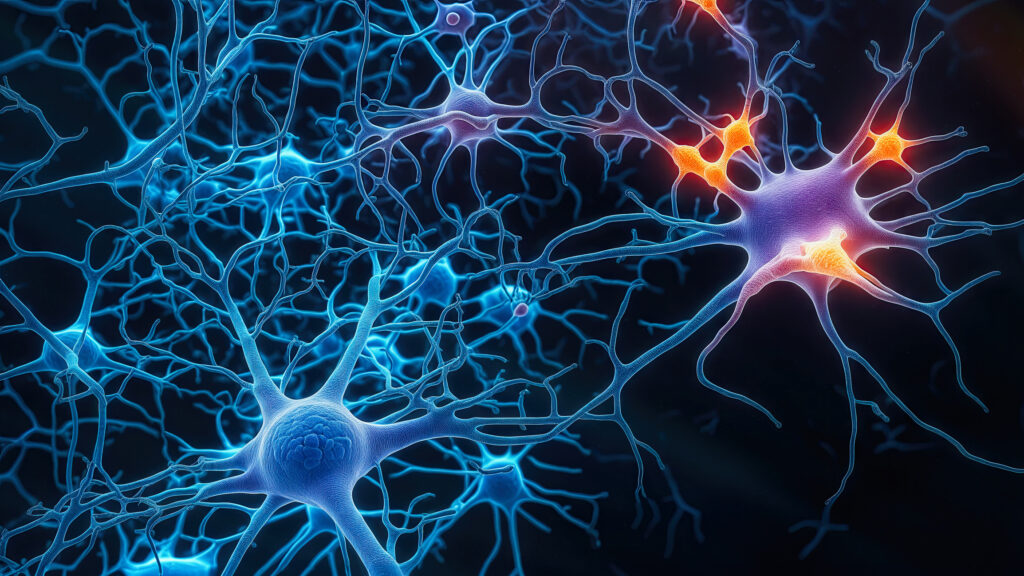Active Voice | Support During Pregnancy Loss Through Physical Activity

Pregnancy loss (miscarriage) is a common complication during early-stage pregnancy, with approximately 44 pregnancy losses occurring globally each minute. The devastation that accompanies a loss predispose women to psychological conditions such as depression and anxiety. It is estimated that of the women who experience a loss, over a third will experience depression, nearly a quarter […]
Hot Topic | Osteoarthritis and Physical Therapy

Knee osteoarthritis (OA) is a leading cause of chronic pain and disability in the middle- an older-age population. There are over 600 million worldwide with OA, the knee being the most affected joint. In the absence of effective non-opioid pharmacologic therapies for knee pain, OA remains a key driver of the opioid epidemic and healthcare […]
Science Spotlight | New ACSM Team Physician Consensus Conference Statement Published

In January 2024, the American College of Sports Medicine Team Physician Consensus Conference (TPCC) produced a new statement, “The Team Physician Consensus Statement 2024 Update” in the Medicine & Science in Sports & Exercise (MSSE) and the Current Sports Medicine Reports (CSMR) journals. This latest TPCC consensus statement covers the qualifications, duties, and responsibilities of […]
Science Spotlight | June 2025

Check out the latest episode of ACSM’s Healthy Youth Sports Podcast series The newest installment of Healthy Youth Sports, features Kevin Martinez, ESPN’s Vice President of Corporate Citizenship, diving into the network’s groundbreaking Take Back Sports initiative. Kevin shares insights on the Take Back Sports program’s vision and why storytelling and culture change are at […]
Active Voice | Walking Pace, Genetic Predisposition, and Brain Health

Your brain is the conductor of your life. It controls movement, stores memories, makes decisions, and forms your identity. This is why declines in brain health, such as during the development of dementia – a broad term for diseases that cause a progressive decline in cognitive function and affects daily living – are so devastating. […]
Importance of Exercise in Hypertension Identification and Management

Hypertension, or high blood pressure, remains the leading modifiable cardiovascular disease risk factor. It is estimated that nearly half of American adults have hypertension, which is defined as a resting systolic blood pressure greater than or equal to 130 mmHg and/or a diastolic blood pressure greater than or equal to 80 mmHg. Even more alarming, […]
Pregnancy, 24-Hour Physical Activity Behavior and Infant Growth

Physical activity during pregnancy is recommended for its many benefits for both mother and fetus, including reducing the risk of pregnancy complications, perinatal depression and risk factors for childhood obesity, such as high birthweight. Many people of reproductive age are not active, and pregnancy can be a motivating time to start physical activity. Fortunately, current guidelines […]
Airborne Pollution and Outdoor Exercise

The World Health Organization (WHO) states that 99% of the world’s population lives in places where air pollution exceeds recommended limits. Thus, we should keep the questions of how, when and if to engage in outdoor physical activity top of mind. Interestingly, among the organs in the human body, the lungs are unique because they […]
Symptoms and Cognition in Female Collision Sport Athletes

Since the enactment of Title IX in 1972, the number of girls participating in high school athletics has tripled, with the greatest increases appearing in contact and collision sports. Despite this increase in sports participation, female athletes remain underrepresented in studies of sport-related brain trauma. With fewer true collision sports available for female athletes, previous […]
Personalized Fitness Plans via Mobile Health Technology

As you look around your home, you may spot devices like smartphones, tablets, smart TVs or even fitness tools like a smart gym, a smart soccer ball, or a virtual reality exercise bike. These devices not only keep us connected or entertained but also transform how we approach health and fitness. Moreover, these fall under […]
